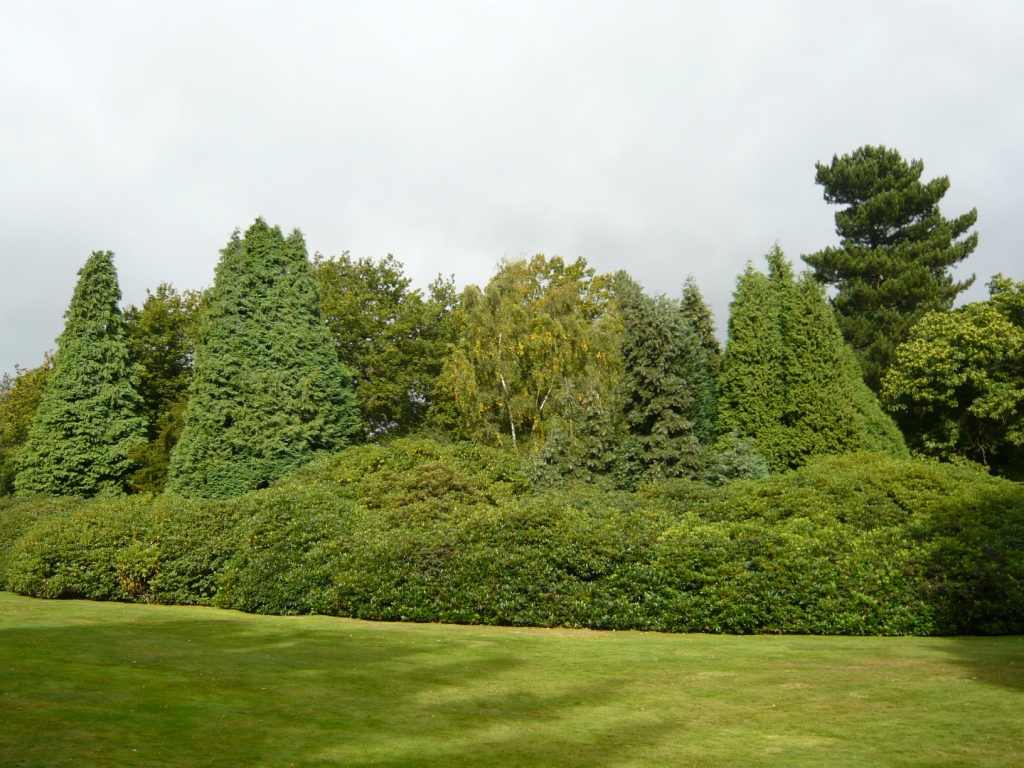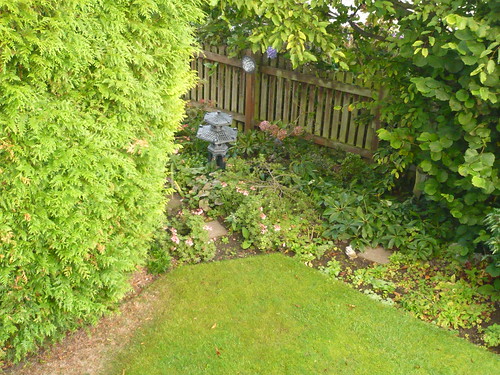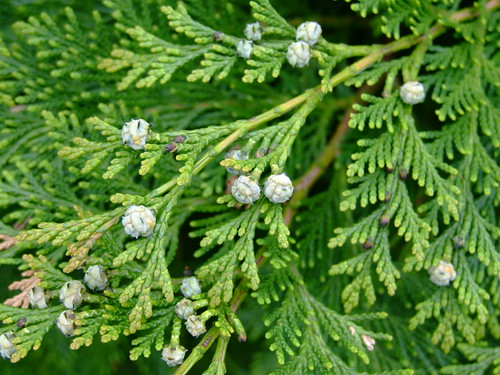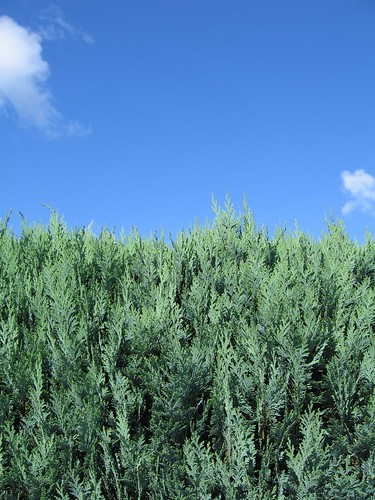
Leyland Cypress – Root and Branch Review
If you want a quick wind break or tall hedge then Leylandii may be the tree for you. If you to annoy the neighbors then this is the tree most likely to cause friction.
Key Features of the Leyland Cypress
- Latin name – Leylandii x Cupressocyparis other common names; Leylandii is a cross between Nootka Cypress and Monterey Cypress
- Height – 130 foot
- Type of tree – Evergreen Conifer
- Leaves – sprays of green scale-like leaves
- Flowers – clusters at tips of leaves yellow male & green female
- Fruit – spherical; brown cones
- Bark – reddish grey with ridges
- Family – Cupressaceae
Origins and Distribution of the Leylandii
- Created in Wales by crossing Nootka Cypress and Monterey Cypress .
- Widely spread throughout the UK by plants grown from cuttings .
Uses and Attributes of the Leylandii
- Used in ornamental hedges and garden dividers.
- Useful as a bird sanctuary for nesting and cover.
Gardeners Tips for the Leylandii
- Rapidly out grows its welcome in many gardens.
- The cause of disputes over hedges and light for neighbors.
- Leyland Cypress needs light but is tolerant of high levels of pollution and salt spray.
- Trees do not transplant well. If the plant you are thinking of buying is pot bound leave it alone
Other types of Leyland Cypress and Cupressus species
- Most of the Cupressus genus have a conical or columnar habit
- There are over 30 forms of Leyland Cyprus arising from open pollination and breeding including Green Spire, Haggerston Grey and Naylor’s Blue.(one of the fast-growing, pyramidal, evergreen tree with scaly blue-green leaves held on flattened branchlet sprays. This vigorous conifer can grow over 100 feet tall, though it usually reaches around 80 feet tall and spreads 15 feet in a garden).
- Cupressus macrocarpa are golden leaved and Cupressus funebris is a weeping form
Leyland Cypress comments from elsewhere
- To avoid brown patches, hedge trimming should be carried out during the growing season and hedges should not be cut into older, leafless growth. Leyland cypress can cause skin irritations..
- Leyland cypress only lives for twenty to twenty-five years. I’ve found that trees left to grow large may have limited root support and are the first to blow down during high winds.
Read about our series on British tree reviews with a bakers dozen fact sheets
Credits
leyland cypress cones DSCF7563 by hedgerowmobile CC BY-NC 2.0
Leylandii Sky by steve_w, CC BY-NC-ND 2.0



One thought on “Leyland Cypress – Root and Branch Review”
Can Leylandii be grown from the seed pods?
Kind regards
Margaret Hart
Comments are closed.